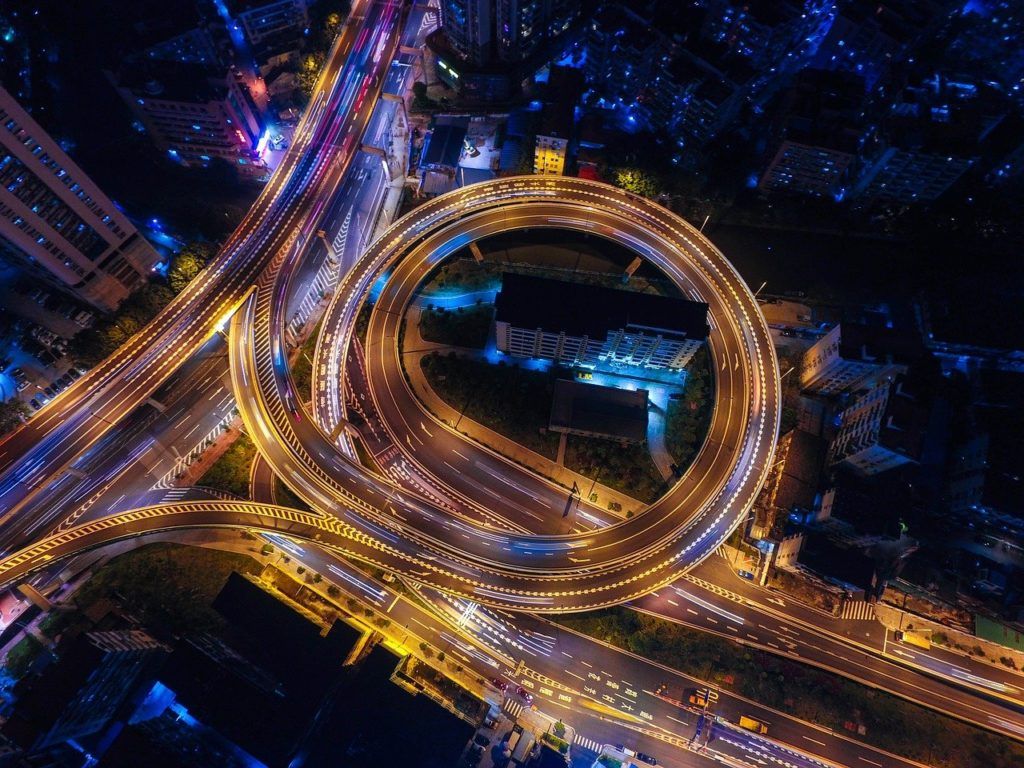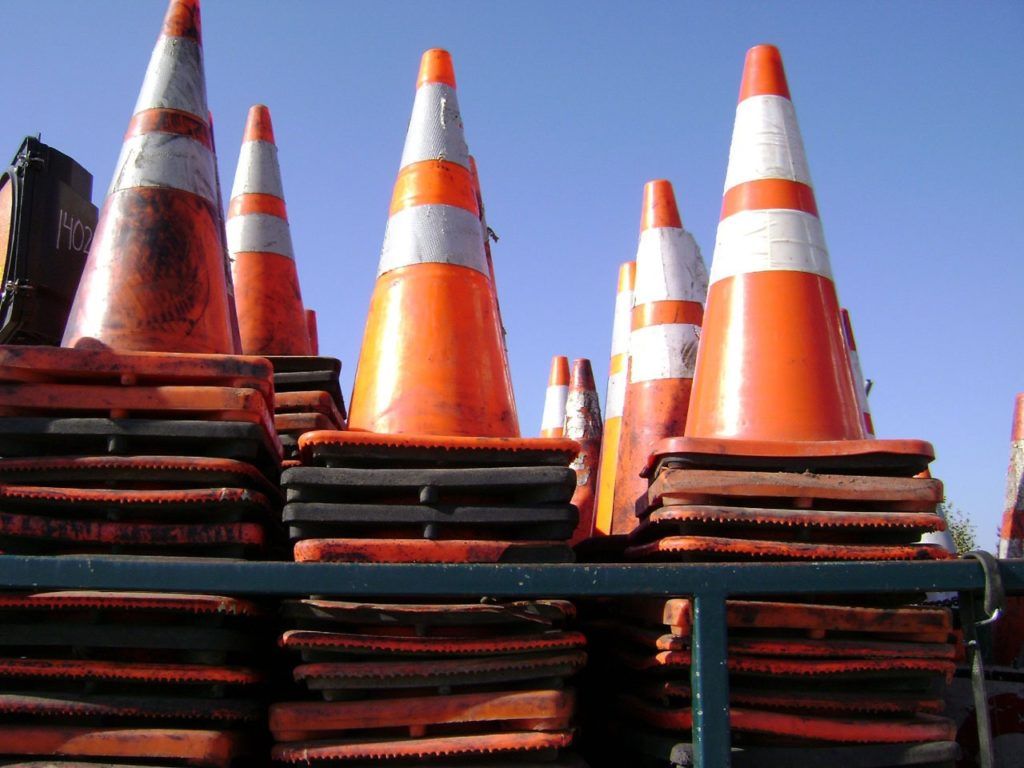There is a lot of hype surrounding 5G technology, but most of it is concentrated around fast internet speeds for computers and smartphones. Most people aren’t aware of the fact that a vast range of internet-powered devices and applications will benefit from the fast connection 5G offers. More than just making our browsing and downloading faster it will transform how society operates.
And this will become extremely important in the coming years. The United Nations estimates that 21% of the world population will live in cities by 2050. This could lead to a host of issues, particularly in terms of traffic and the environment. But 5G can potentially minimise these purported adverse effects of increased transportation. This is how.
What is 5G?
5G is the fifth generation of cellular technology. A gigantic leap from 4G when it comes to speed and application, HP’s feature on 5G technology contrasts it with 4G, revealing how it’s a whopping 70 times faster than what we’re used to. It can deliver data 10 to 100 times faster than LTE, and it has the capacity to cut latency — a lag or delay that happens in data communication over a network — to mere milliseconds. This unprecedented speed is expected to disrupt a litany of industries, including healthcare, remote working, gaming, and online education. Given how it can connect to almost everything around us with a blazing fast and fully responsive network, 5G also allows us to leverage the full potential of advanced technologies like artificial intelligence, virtual reality, the Internet of Things, and of course, smart transportation.

How 5G will disrupt smart transportation?
Decreased commute times
One of the most important changes that 5G can bring about is making your daily commute to the office much faster. Today, IoT Business News notes that most transportation agencies rely on outdated schedules and technology, resulting in poorly-timed lights. This slows motorists down, making commutes longer than they should be. Not to mention, it’s also more expensive as drivers waste fuel when they’re stopped at red lights.
5G technology can change all this by allowing traffic lights to receive real-time data about the traffic patterns from cameras, sensors, and drones distributed throughout the smart city. As a result, traffic lights will be more responsive to actual traffic, keeping it flowing and reducing unnecessary stops at red lights. This has actually been already tested by Carnegie Mellon University, and they found that this kind of technology could yield a 40% decrease in traffic stops, 21% drop in emissions, and 26% faster commute. The same technology can be applied to public transportation too. London’s smart city plan outlines how data can be used to plan bus routes by tracking how people move around London. Plus, on top of improving the commute experience, data can also be used to update city dwellers about their local air quality in real-time.

Driverless cars
The concept of autonomous cars has long existed in movies and TV, but it’s looking like 5G technology will be responsible for it coming to fruition. And since the system of autonomous cars requires incredible data processing capabilities and speeds akin to human reflexes, they need a much faster network than the existing 4G technology, which, of course, 5G can fulfil. The sensors found in self-driving vehicles also generate an unprecedented amount of data, but handling, processing, and analysing them can be accommodated by 5G.
What’s more, big-name companies are developing chips that can turn autonomous vehicles into mobile data centres, which would allow these cars to make real-time, complex decisions. And when 5G eventually enters mainstream adoption, it will open up exciting possibilities for vehicle-to-vehicle (V2V) and vehicle-to-everything (V2X) connectivity.

Enhanced traffic safety
While 5G’s fast data transmission is deemed useful for things like providing road weather services, carrying out road maintenance, and controlling self-driving vehicles, the VTT Technical Research Centre of Finland highlights how the ultimate aim, at least when it comes to traffic and transportation, is reducing accidents. Drivers are able to collect data automatically without doing anything themselves, and this data can be sent to other road users by means of automated systems.
Everyone on the road can have access to crucial information, including warnings about icy conditions and the location of snow build-up, potholes, or fallen trees. This can then help drivers choose a different route or change the way they drive. Additionally, as mentioned by Adam Frost, 5G’s high bandwidth, ultra-high-speed, low latency, and the ability to connect hundreds of devices, will mean that vehicles will be able to send and receive data from other vehicles and streetlight-mounted cameras. The connected devices will be notified when the lights turn red or when vehicles ahead come to a sudden stop.





